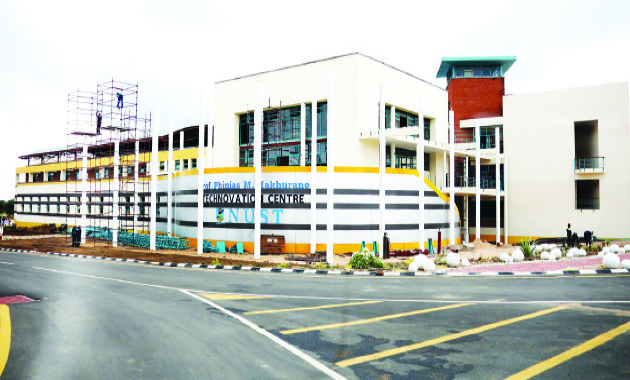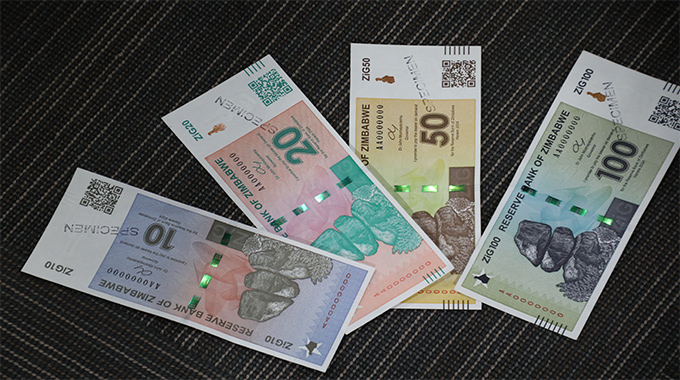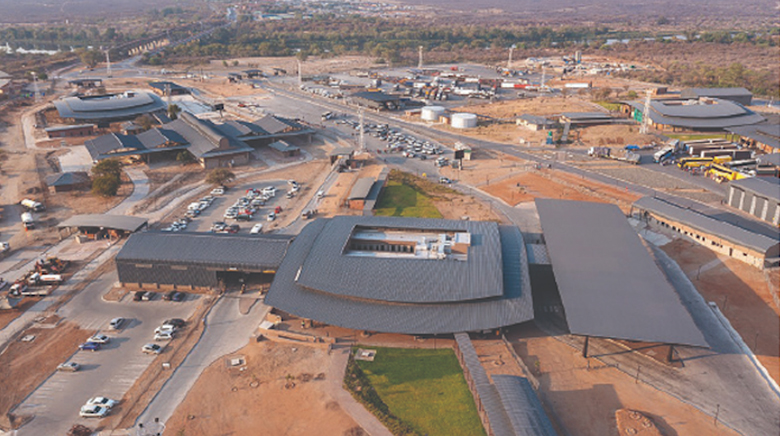President to commission Kamativi Mine

Leonard Ncube, [email protected]
As Zimbabwe showcases strength in lithium reserves, the largest in Africa, attention is drawn to Kamativi in Hwange District, Matabeleland North Province, where President Mnangagwa is tomorrow expected to commission a new lithium mining investment project undertaken by Kamativi Mining Company (KMC).
Zimbabwe is estimated to have the highest number of lithium projects under exploration on the African continent, with some mines already operational. If the full potential of the country’s lithium resources is unlocked, Zimbabwe could meet upwards of 20 percent of global demand, experts say.
Lithium projects in the country include Prospect Resources’ Arcadia project, Bikita Minerals in Masvingo, Gwanda Lithium Zimbabwe (GLZ) in Gwanda District and Premier African Minerals-owned Zulu Lithium at Fort Rixon in Insiza District. The envisaged lithium beneficiation plant to be housed at the US$13 billion Mine-to-Energy Industrial Park at Mapinga in Mashonaland West Province has also raised interest in Zimbabwe’s lithium assets.
The Government has since shifted its focus towards the downstream sector in a bid to drive infrastructure development, employment creation and investments across the domestic market. KMC started operations in 2019 and is focused on lithium exploration, mining and processing within Kamativi, a former tin mine, which closed in 1994 when international prices of tin plummeted to unsustainable levels. At the time, the tin mine employed 3 000 workers and still had a lifespan of 40 years.
The latest lithium venture adds impetus to the milestone development of Matabeleland North Province, which continues to attract massive investments with a positive impact on communities through job creation.
Other key projects in the province include Lake-Gwayi Shangani in Lupane, the giant Muchesu Coal Mine in Binga, Hwange Thermal Power Station Units 7 and 8 expansion and several coal-to-energy projects that have been successfully commissioned. Matabeleland North Provincial Affairs and Devolution Minister, Cde Richard Moyo, said the growing mining investments were a game changer to the country’s economy and local communities.
“Official commissioning is set for Friday and we are excited as a province about this very important milestone. The mine had been closed for over 28 years and the coming in of the New Dispensation led by President Mnangagwa has benefited our youth through employment, as many young people got jobs directly and indirectly through the mine and contractors,” he said.
“It has uplifted the hopes and economy of the province whose Gross Domestic Product will also definitely rise and we are thankful to the President for making sure Matabeleland North is not left behind.
“Even the corporate social responsibility by the mine will have a huge bearing on the once disadvantaged community because schools and clinics have started benefiting.”
The mining industry as a whole contributes about 13,8 percent to Gross Domestic Product and more is expected with the coming in of KMC.
Several projects are underway as KMC has committed to bringing Kamativi back to its former glory through reliable clean water and electricity provision, an upgraded road network and decent houses.
Work is underway for the construction of an 88kv powerline to connect Kamativi to the main lines from Hwange.
The new lithium mine has a lifespan of 15 years and has already created direct employment for 260 people while about 1 000 are employed indirectly through downstream contracts impact in the first phase. For three decades Kamativi turned into a ghost town with some residents resorting to criminal activities that led to vandalism of infrastructure while some succumbed to human-wildlife conflict, as they were attacked by crocodiles on DRC Dam while fishing to make ends meet.
The Second Republic under President Mnangagwa is resuscitating the mine through its engagement and re-engagement drive. KMC has re-opened the mine and expects to invest a total of US$249 million, this time exploring lithium and not tin.
About US$100 million has already been deployed into the project. KMC is a Joint Venture Company, which is operated and controlled by a Sichuan PD Technology Group, a subsidiary of a Chinese Listed entity, Yahua Group. The local Joint Venture Partner is Defold Mine (Private) Limited.
The commissioning of Phase One of the mine comes as the mine is already producing 300 000 tonnes of raw ore and 50 000 tonnes of spodumene concentrate per annum
Phase two, which will ramp up production to 2,3 million tonnes of raw ore and 300 000 tonnes of spodumene concentrate per annum is under construction.
In a statement yesterday, KMC management said all was set for tomorrow’s commissioning.
“His Excellency, the President of Zimbabwe Cde Dr Emmerson Mnangagwa is expected to commission the first phase of the Kamativi Mining Company’s 2.3 MT Spodumene Mining and Processing plant on Friday 12 April,” said the company.
The company will also give an update on the construction of the second phase plant, which is underway.
KMC is expected to move a step from beneficiating to a concentrate beneficiating to lithium carbonate as the Government targets to produce lithium batteries and manufacture vehicles that will be powered by lithium batteries.










Comments